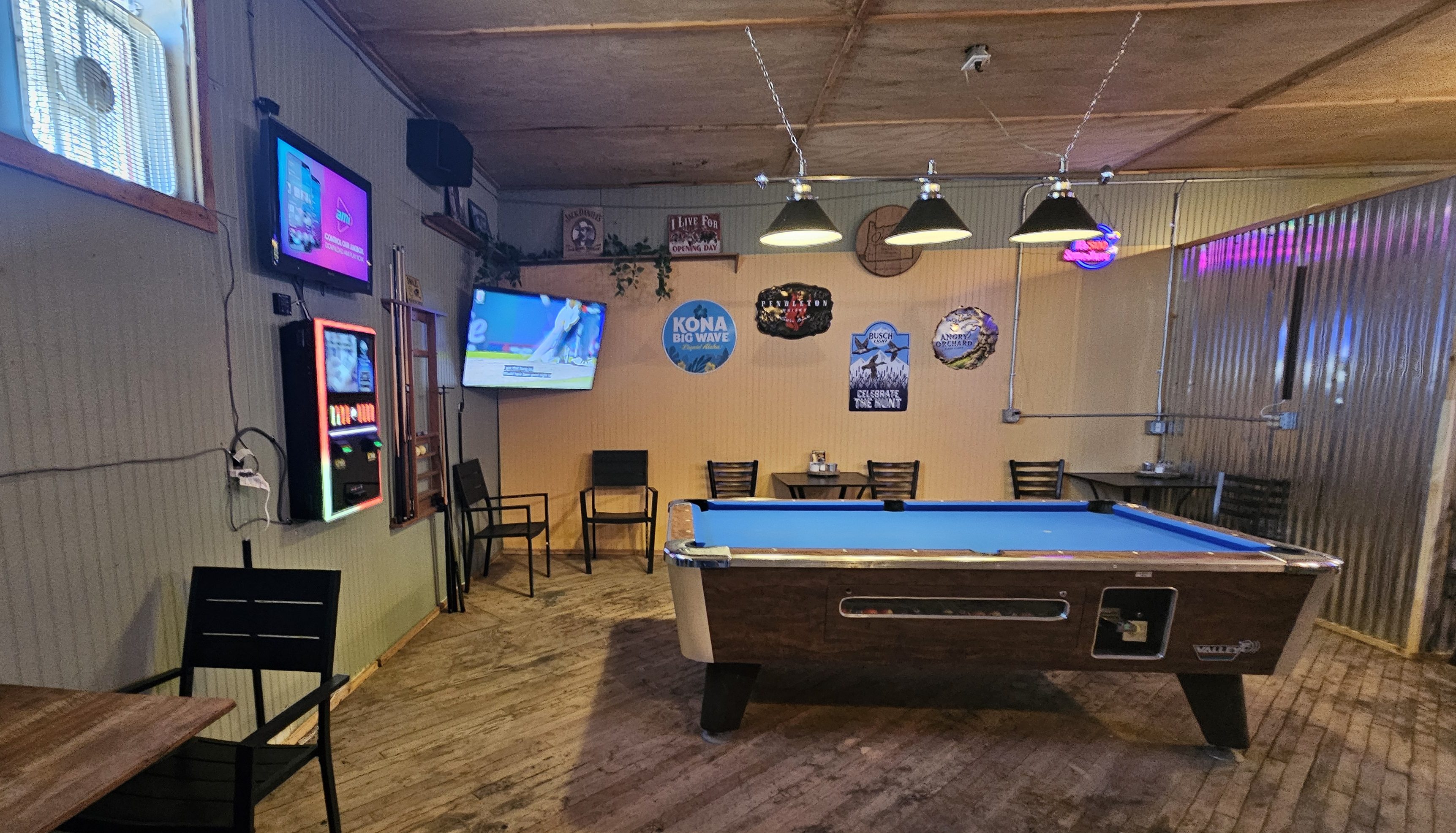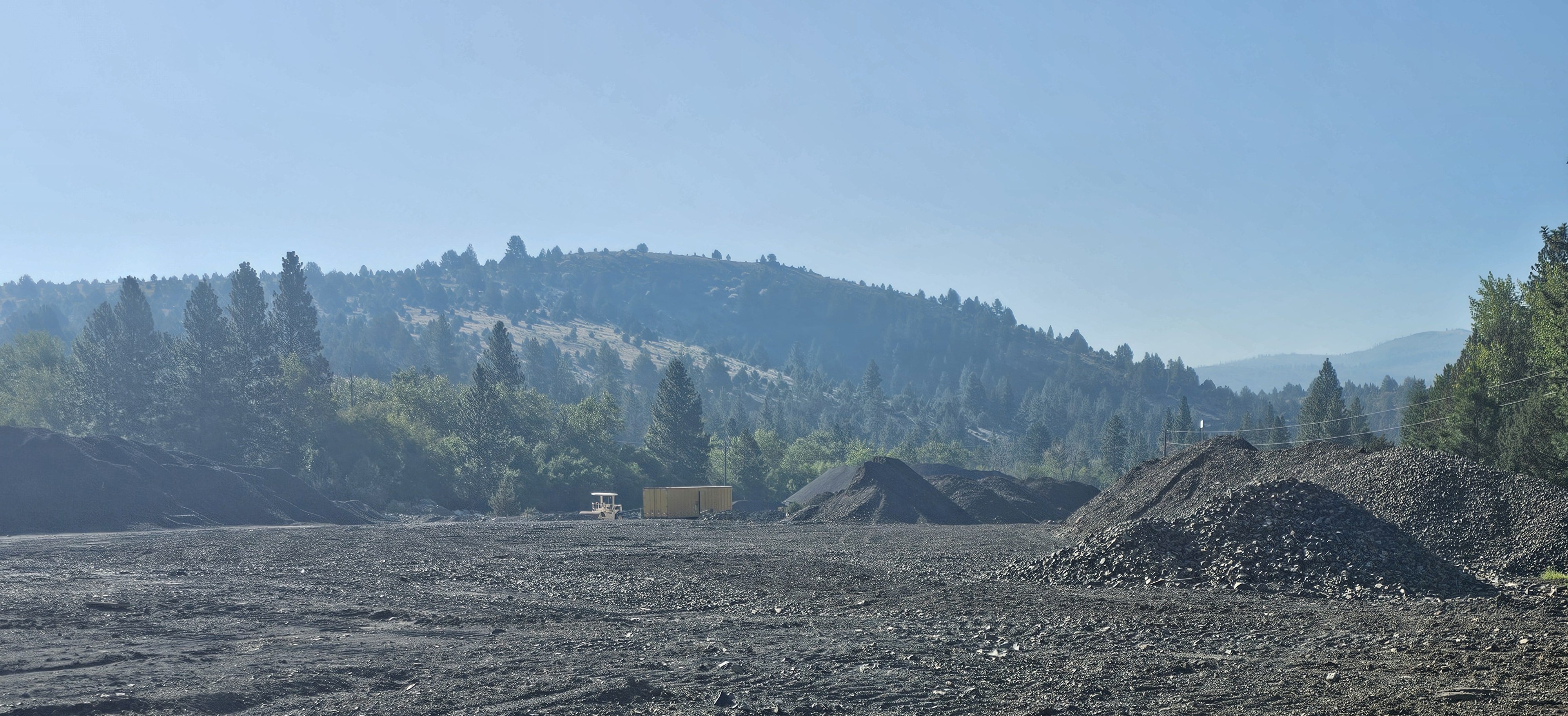Report: State needs $150 million or more for homeless youth
Published 5:00 am Wednesday, November 3, 2021

- Some youths experiencing houselessness find a place to call home at the LOFT in Bend on Friday, Oct. 29.
BEND — Oregon needs at least $150 million to support and house its homeless youth, state officials said Friday, Oct. 29. A report from the Oregon Department of Human Services highlighted the significant needs of the state’s runaway and homeless children and teens. Among other findings, officials said the state has hasn’t invested enough in its support programs for homeless youth.
Trending
“In general, youth homelessness has been historically underfunded and, due to the very nature of the visuals of youth experiencing homelessness, it is much more invisible and thus often discounted within the global landscape,” said Matthew Rasmussen, Oregon’s runaway and youth homeless program administrator.
He compared homelessness to an hourglass, with youth homelessness in the top section flowing into chronic adult homelessness on the bottom.
“We’re always going to be shoveling that bottom if we do nothing to stop that flow of young people into the bottom part of the hourglass,” Rasmussen told a conference of service providers gathered to hear the results of the state’s analysis. “I think we need to be working on both ends.”
Trending
The $150 million is a rough estimate based on an analysis from state consultants. It only includes programs for youth between the ages of 18 and 24.
That estimate includes more than 3,000 units of long-term housing, crisis housing and intervention services, like drop-in and outreach programs for youth under 18, plus another 4,000 units for those between the ages of 18 and 24, the analysis found.
Across the board, the largest need is for long-term housing, like rapid rehousing programs, host homes and transitional housing units, according to the report.
It’s the first time the state’s taken a hard and comprehensive look at its system for housing and serving youth experiencing homelessness, Rasmussen said.
“I think there’s been a lot of conversation that what young people need to do is just ‘suck it up,’” Rasmussen said in an interview with The Bulletin earlier this month.
The assessment was originally proposed by state legislators during the 2020 session, but the bill which would have funded it died during the truncated session.
Rasmussen’s team thought the assessment was important and felt there was increasing attention being paid to the state’s homeless youth, so the department hired a consultant and launched the effort last fall.
One of the effort’s key tasks was to address what sounds like a simple question: How many youth in Oregon experience homelessness?
The answer, they found, is not so simple.
The state doesn’t have one complete data source for tracking homeless youth, and some systems — like regional management systems, state agencies and a separate state dashboard — don’t interact with one another, making it difficult to determine who’s already been counted.
Analysts looked at reports from a handful of state and regional agencies and found more than 8,000 children and youth under 24 in Oregon need housing.
The full report is available on the department’s website.
In the Central Oregon and Columbia Gorge region, which included the area between Deschutes, Hood River and Gilliam counties, analysts projected nearly $6 million in needs for youth aged 18 to 24 — though that number could be higher, given the uncertainty of the state’s homeless population data.
In particular, the region needs at least 100 units of long-term housing for that age group, plus another 170 long-term housing units for youth under 18. Drop-in services, host homes and short-term shelters are also in need, the report found.
J Bar J Youth Services, which provides many of Central Oregon’s services for youth experiencing homelessness, was part of the regional analysis. Eliza Wilson, a program manager for the organization, told The Bulletin this week it was a unique effort because youth with experience being homeless were directly involved in the process.
“It’s really the first time that this has happened,” Wilson said.
One of the main takeaways was the range of needs in the community, Wilson said.
“Youth need to be able to enter the system to get support in a variety of ways,” Wilson said. “Every youth has an individual, need and there can’t be a wrong-door approach.”









